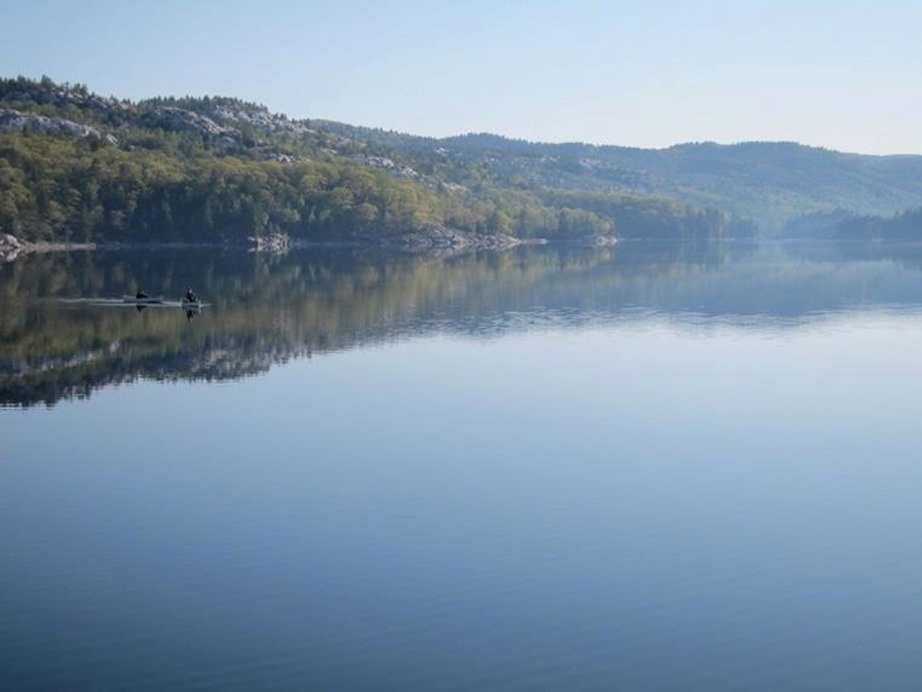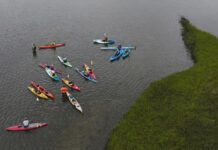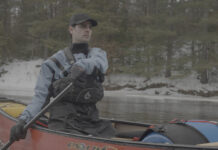When as many as 30,000 Canadian lakes and rivers were removed from protected status late in 2012, paddlers on both sides of the border were up in arms.
The 130-year-old Navigable Waters Protection Act was rebranded in November last year in favor of the more industry-friendly Navigable Protection Act, which now protects a mere 97 lakes, 62 rivers and three oceans throughout Canada’s almost four million square miles.
Did your favorite paddling destination make the cut? Given the numbers, it’s unlikely. Popular canoe tripping areas that have been removed from the protection of the Act include Lady Evelyn Lake in Ontario’s famed Temagami area, New Brunswick’s salmon-rich and canoe-poling friendly Miramichi River, the Northwest Territories’ famed Slave River, and Quebec’s classic tripping river, the Dumoine. The province of Newfoundland and Labrador and northern territories Nunavut and the Yukon have just one protected river a piece, so don’t expect to find your favorite paddling routes protected there.
“Waterways are less protected today than they were a year ago,” says John Bennett, executive director of the Sierra Club Canada. “If you paddle in Canada you should be concerned—your favorite destination, if there happens to be natural resources upstream, can now be exploited with much less scrutiny than before.”
The original Navigable Waters Protection Act prevented construction that could interfere with the navigation of any body of water in Canada—navigable was considered anything you could paddle in a canoe so pretty much every waterway received protection. The purpose of the act was to prevent dams and bridges from springing up without the government’s knowledge but it also became very strong environmental protection.
In late February, documents obtained through the Access to Information Act suggested that these changes might have occurred at the suggestion of big business. The Canadian Energy Pipeline Association (CEPA) met with senior officials in the fall of 2011, urging them to streamline environmental assessments and also make “new regulations under (the) Navigable Waters Protection Act” according to a CEPA slide presentation.
The Canadian government maintains that changes to the Act were made to reduce red tape for municipalities and cottagers seeking federal approval for small projects, and waterways lacking status will be protected by other laws as well as provinces and municipalities.
Bennett takes issue with that. “The Navigable Waters Protection Act was the trigger that brought the federal government into proposals that would effect a lake or river. They’ve effectively taken themselves out of environmental protection and given it to other jurisdictions.”
According to Bennett, “federal government has the ability to properly assess, monitor and enforce environmental laws. You can’t evenly enforce municipal and provincial laws across the country.
“The smaller the jurisdiction, the more susceptible it is to industry pressure,” he adds.
This story first appeared in Rapid Media’s March Paddling This Month online magazine.









